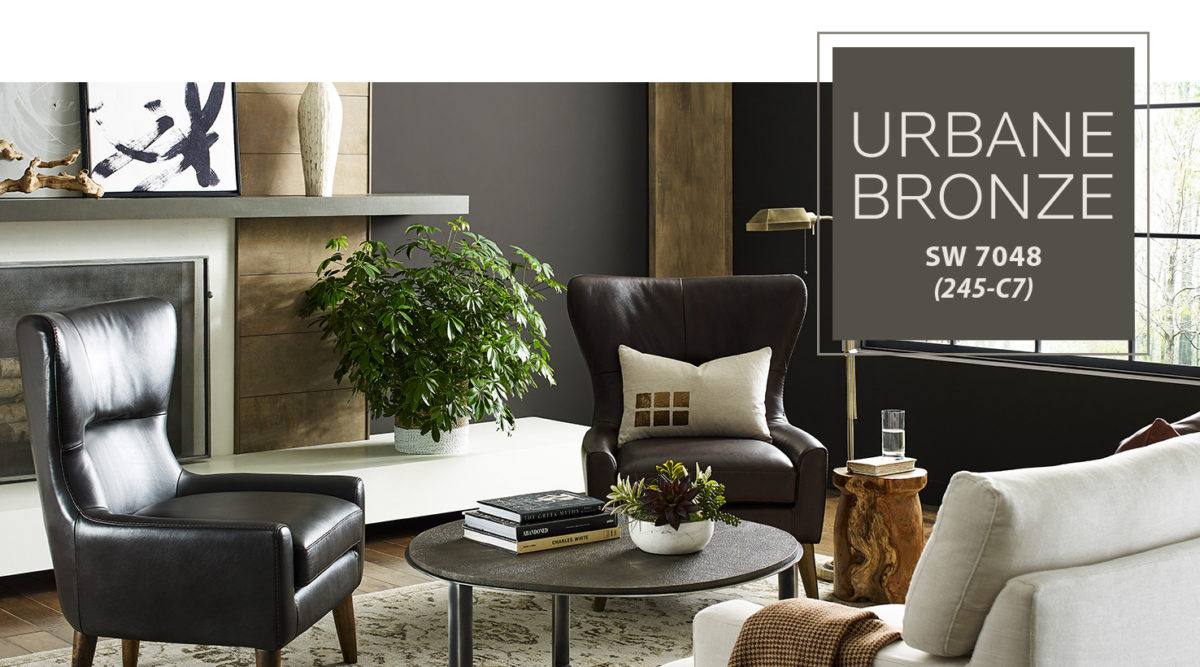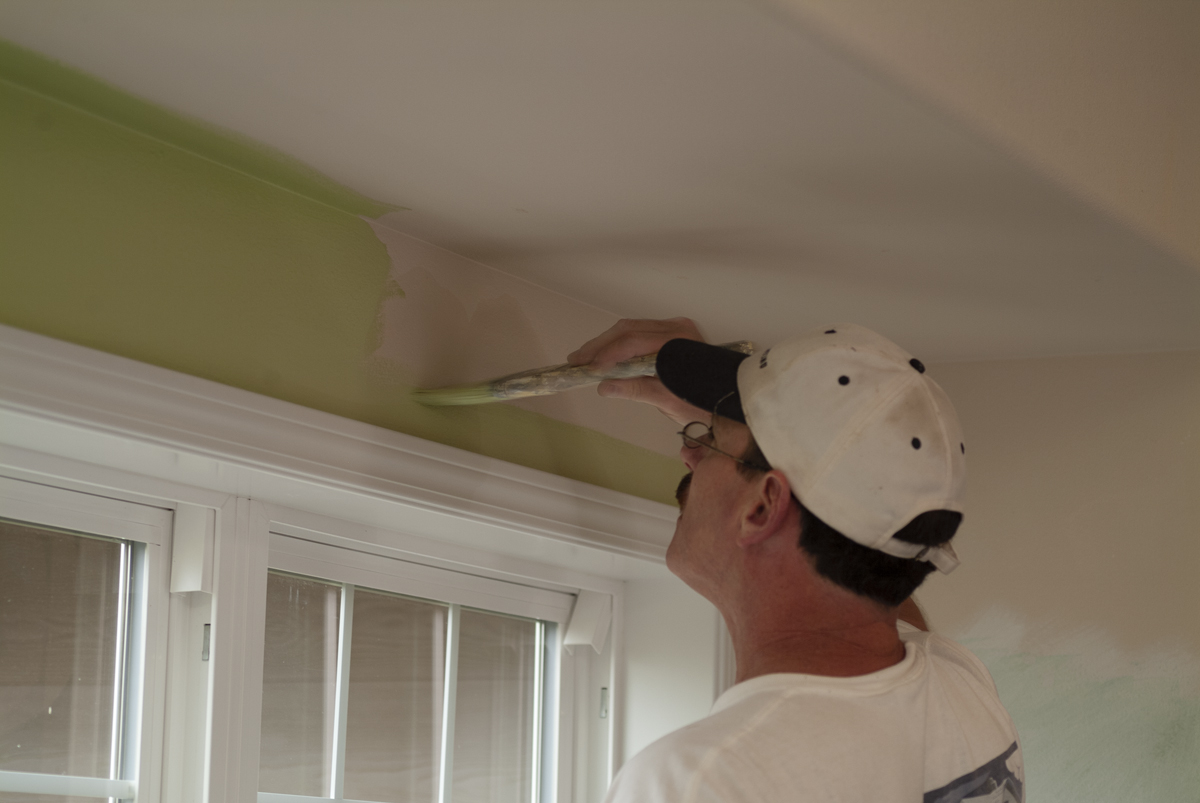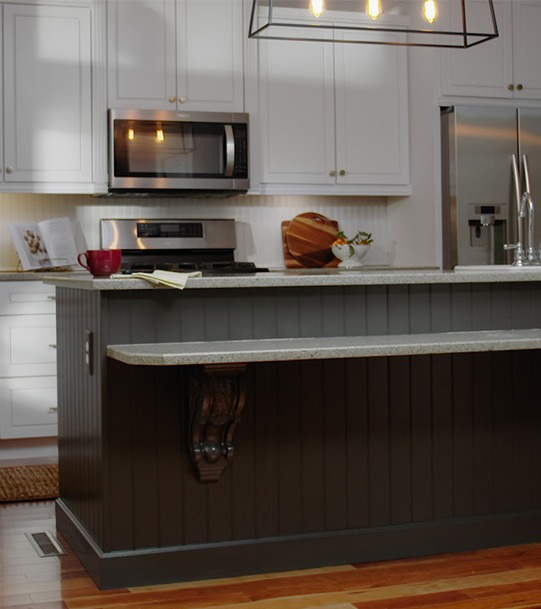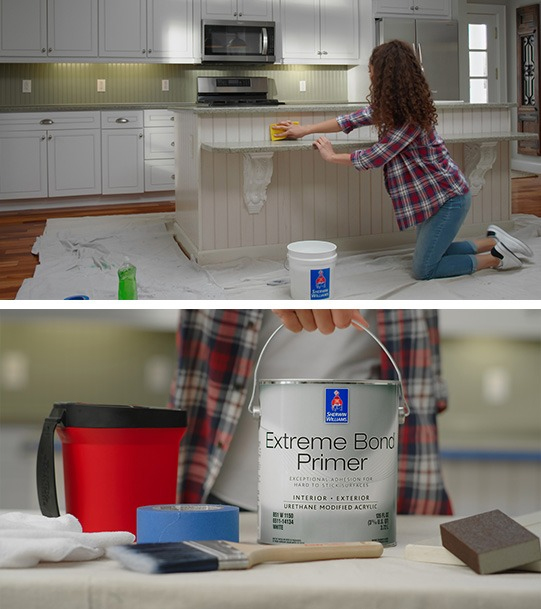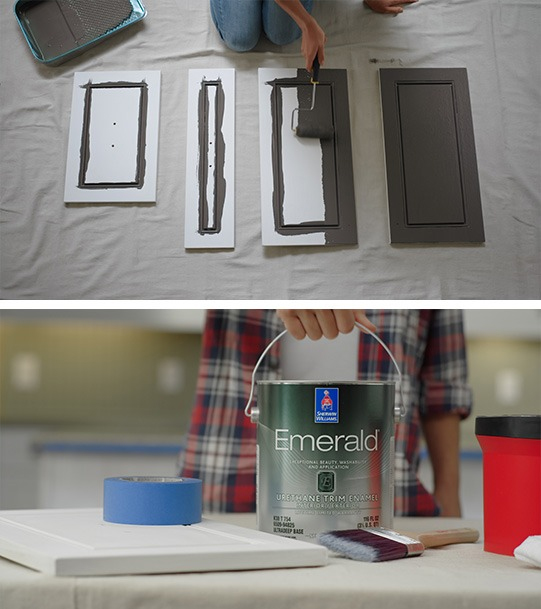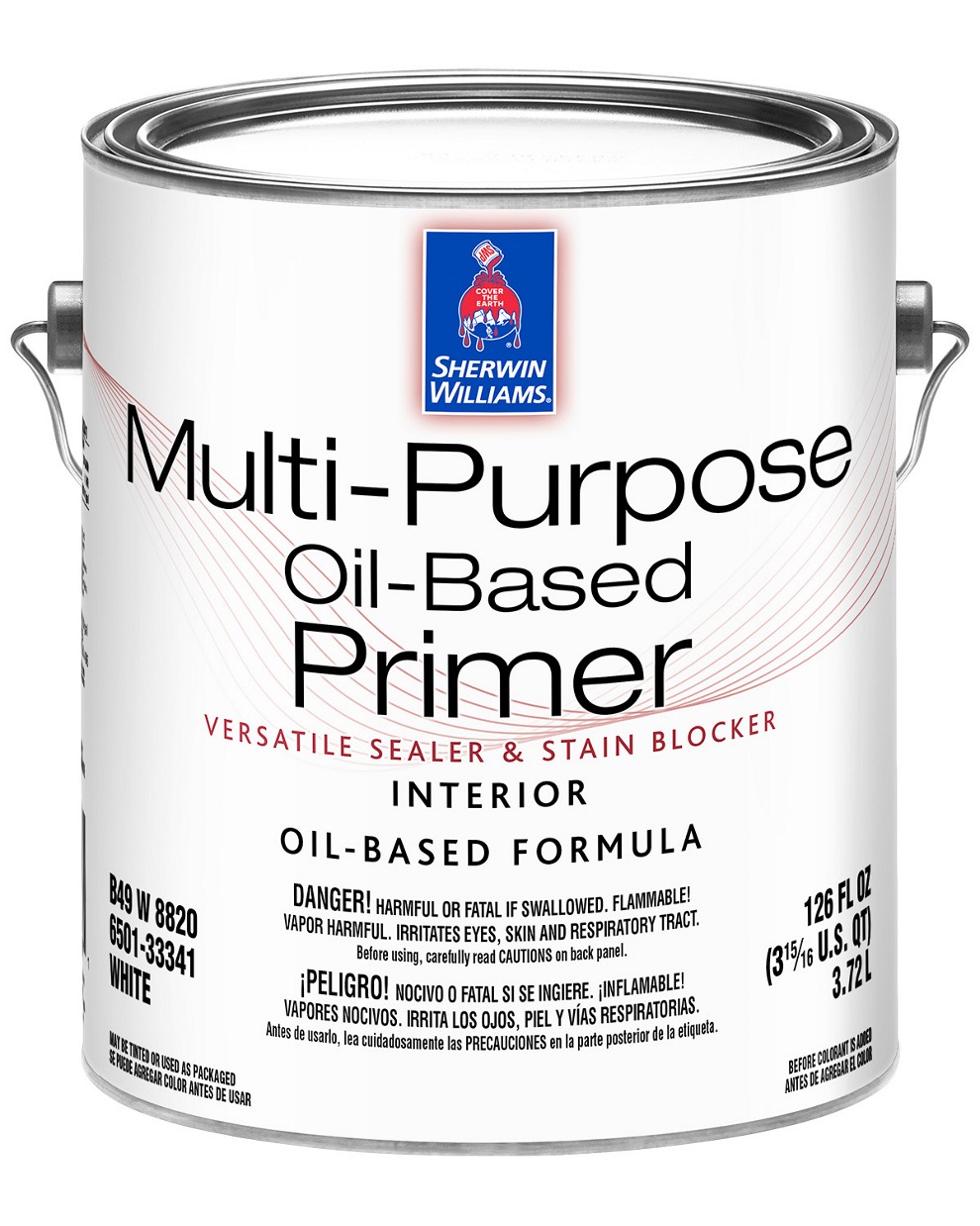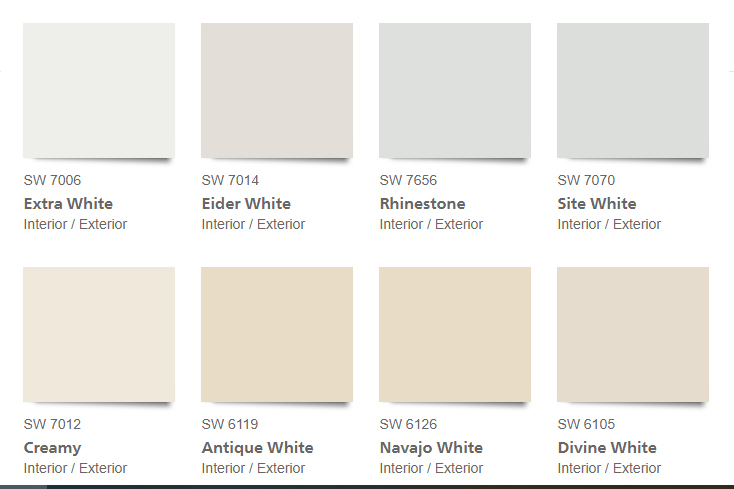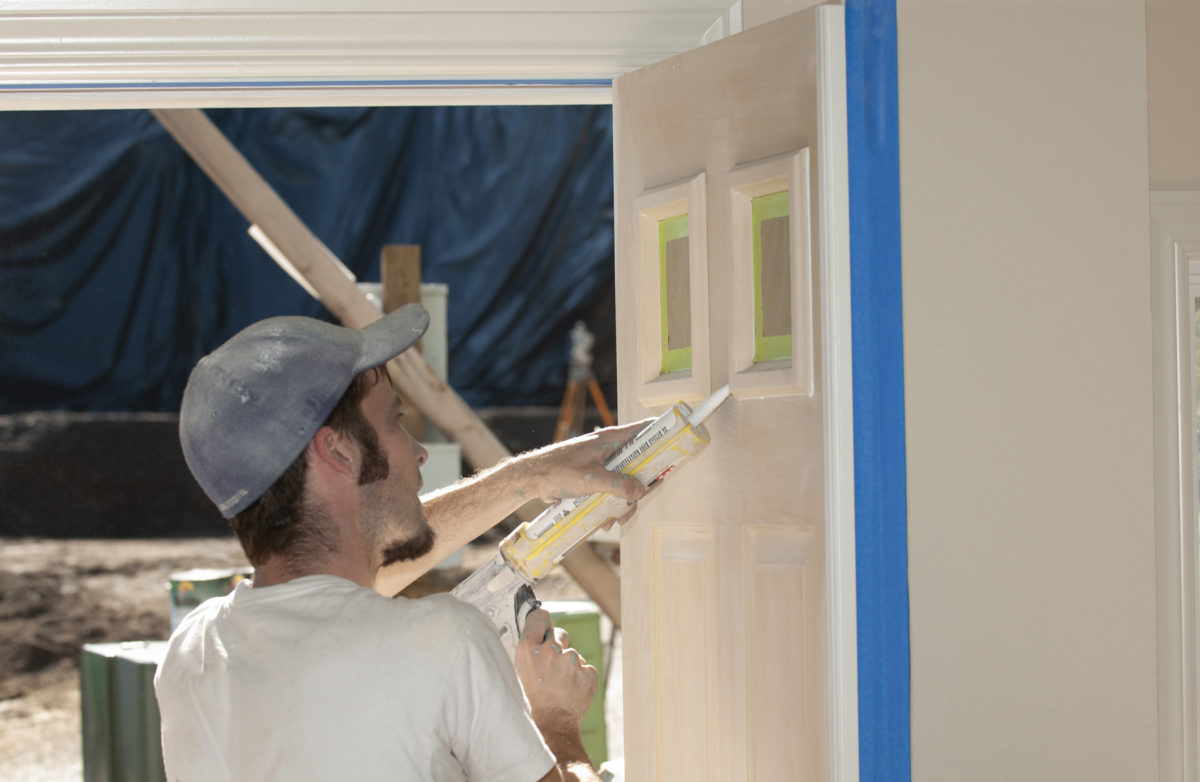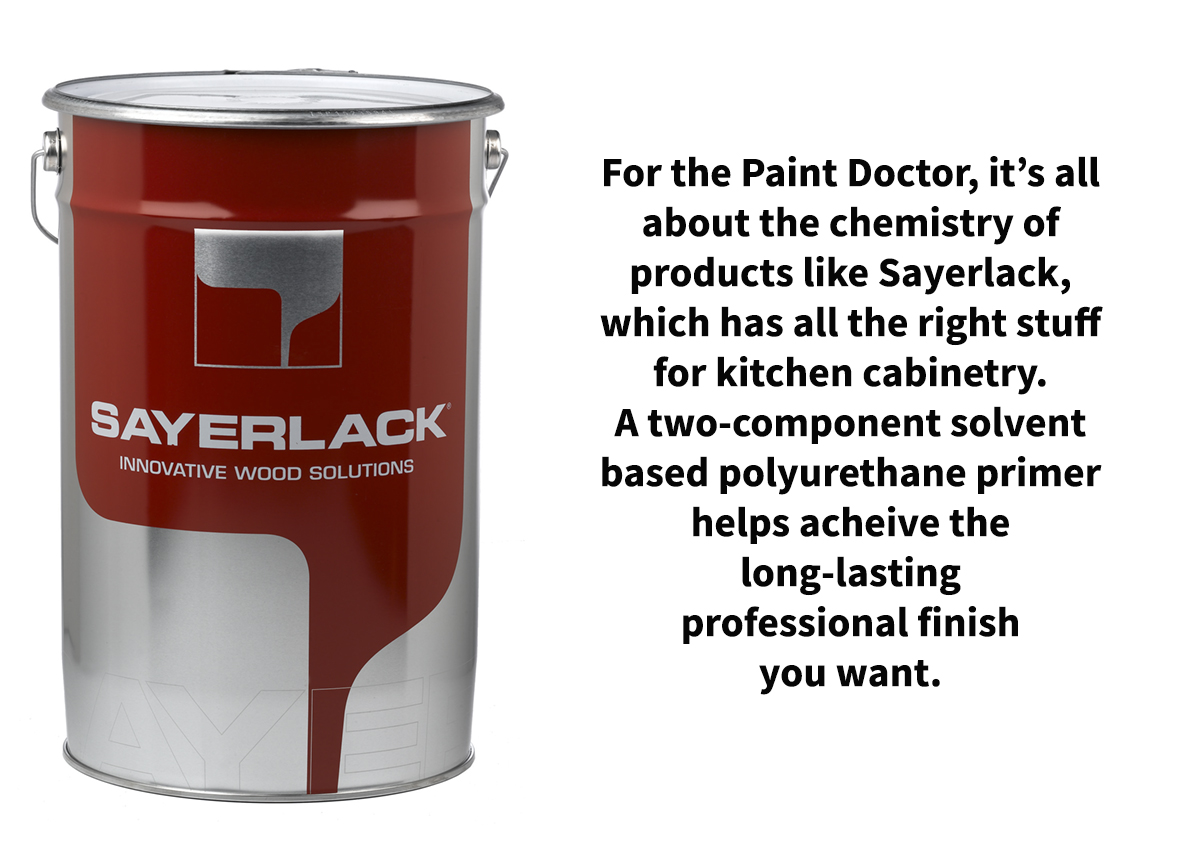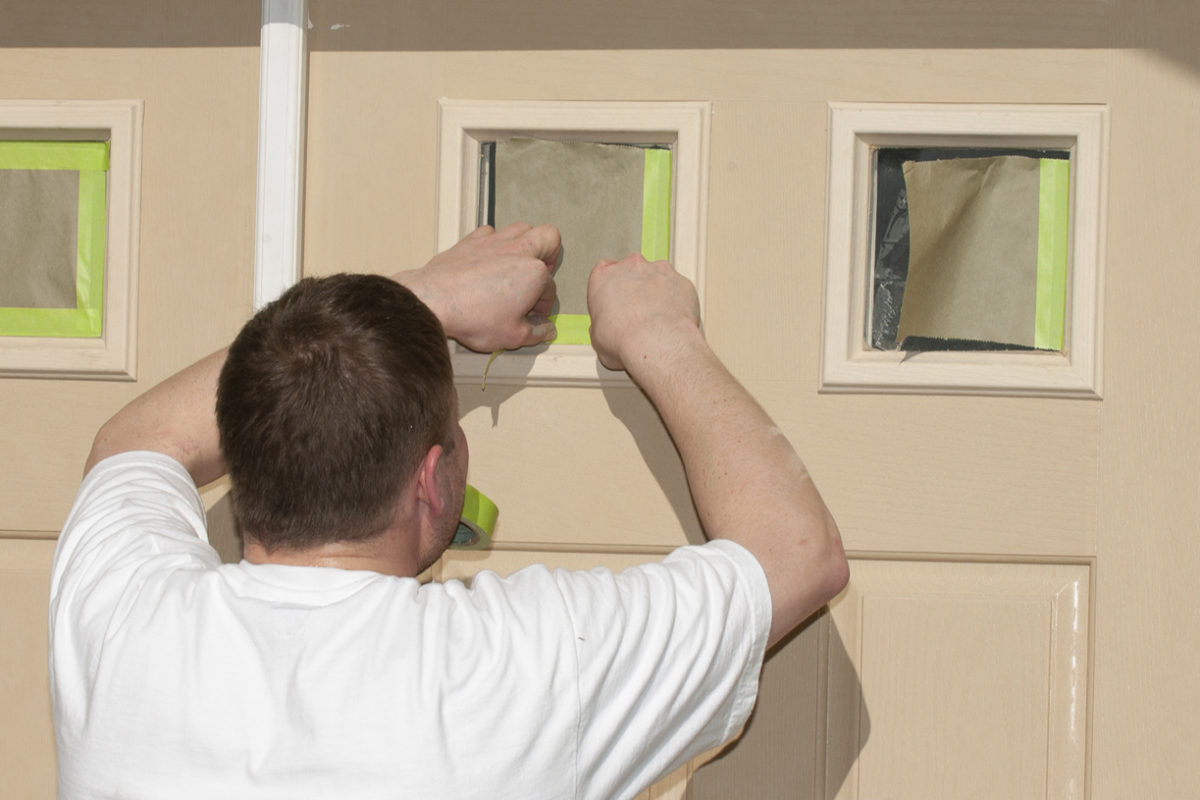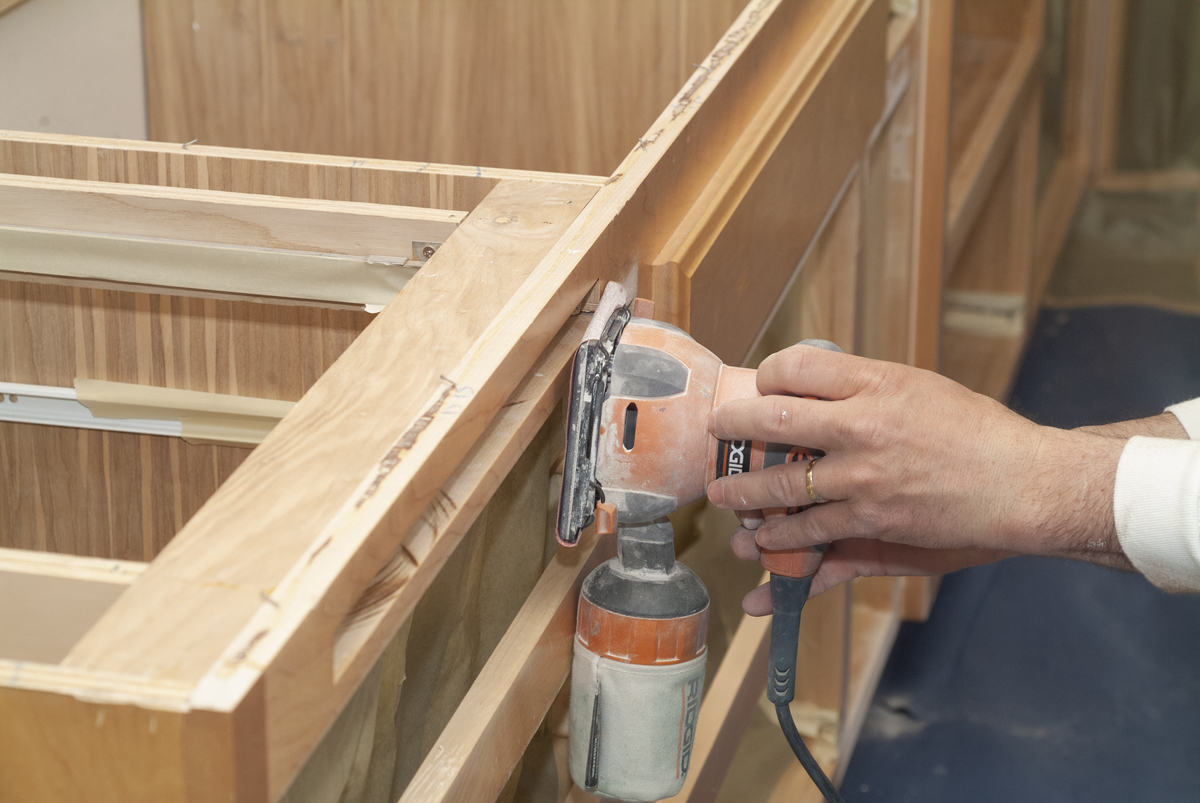Tap into nature with a hue whose warmth and comfort breathe down-to-earth tranquility. The Sherwin-Williams 2021 Color of the Year, Urbane Bronze, captures that simple sophistication every space is searching for.
Find Your Sanctuary
Now more than ever, our homes have become the backdrop to our lives, reminding us that the moments worth cherishing have always been right in front of us. As we’re looking to create the ultimate retreat for reflection and renewal, we’re turning to a hue whose natural simplicity and nature-inspired energy cultivate a sense of calm from the ground up.
Rooted in Nature
The trend for biophilia continues to shape our spaces, proving that nature is never far away. Urbane Bronze might be a color rooted in nature, but it also has a unique ability to ground a room through organic appeal. Whether it’s accentuating window trims or accent walls, this warm hue draws from nature for a feeling of relaxation and serenity. It also works well with other biophilic elements including, light-filled spaces and foliage.

Coordinating Colors & Materials
Bold and understated, our Color of the Year is the new neutral that can be used wherever and however. Pair it with other warm neutrals and bone whites, like Modern Gray, to create an updated take on minimalism. If you want to bring in more color, modern greens, like Messenger Bag, can be introduced to add a hint of bolder style. Complete either look with natural materials like wood finishes, stone accents, and mixed metals that tie these earthy neutrals back to their nature-inspired roots.

